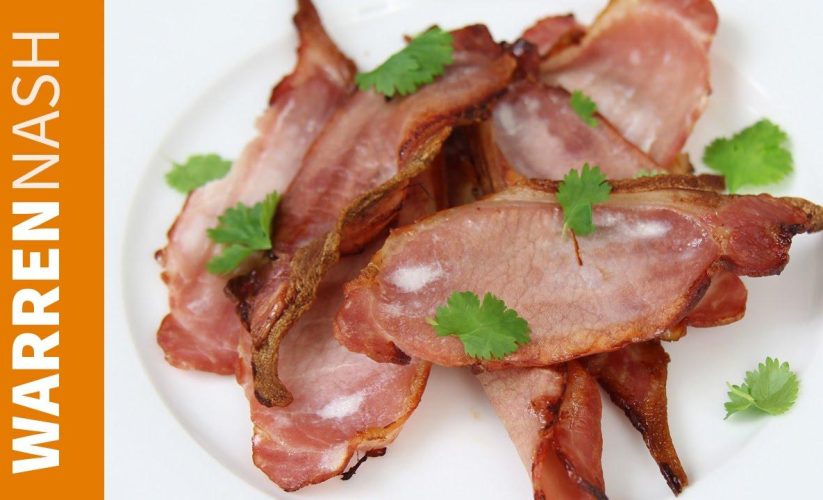5 Essential Homemade Foods & Kitchen Tips for Indian Meals
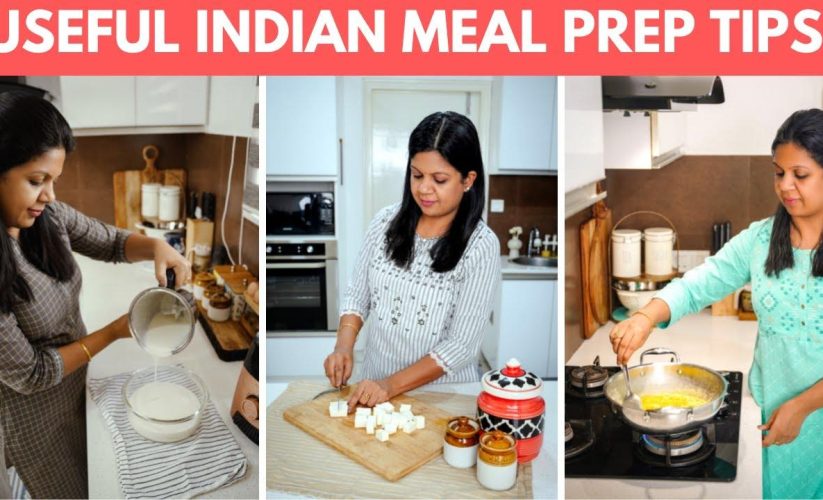
When it comes to Indian cooking, some homemade staples truly elevate everyday meals, blending tradition with wholesome goodness. In the YouTube video “5 Essential Homemade Foods & Kitchen Tips for Indian Meals,” we dive into the art of preparing beloved kitchen essentials right at home—beyond just convenience, these recipes offer freshness and authentic flavors that store-bought versions often can’t match. From crafting the perfect dosa and idli batter using a regular mixer grinder to whipping up a flavorful and long-lasting chutney powder, the video is a treasure trove of practical tips and culinary insights. Join us as we explore these tried-and-tested homemade delights and smart kitchen hacks that simplify meal prep while preserving the soul of Indian cooking.
Table of Contents
- Mastering the Art of Homemade Dosa Batter Using Everyday Kitchen Tools
- Crafting the Perfect Spiced Chutney Powder for All Indian Meals
- Smart Storage Hacks to Keep Your Batter Fresh and Flavorful
- Choosing the Right Mixer Grinder to Simplify Traditional Indian Cooking
- Q&A
- The Way Forward
Mastering the Art of Homemade Dosa Batter Using Everyday Kitchen Tools
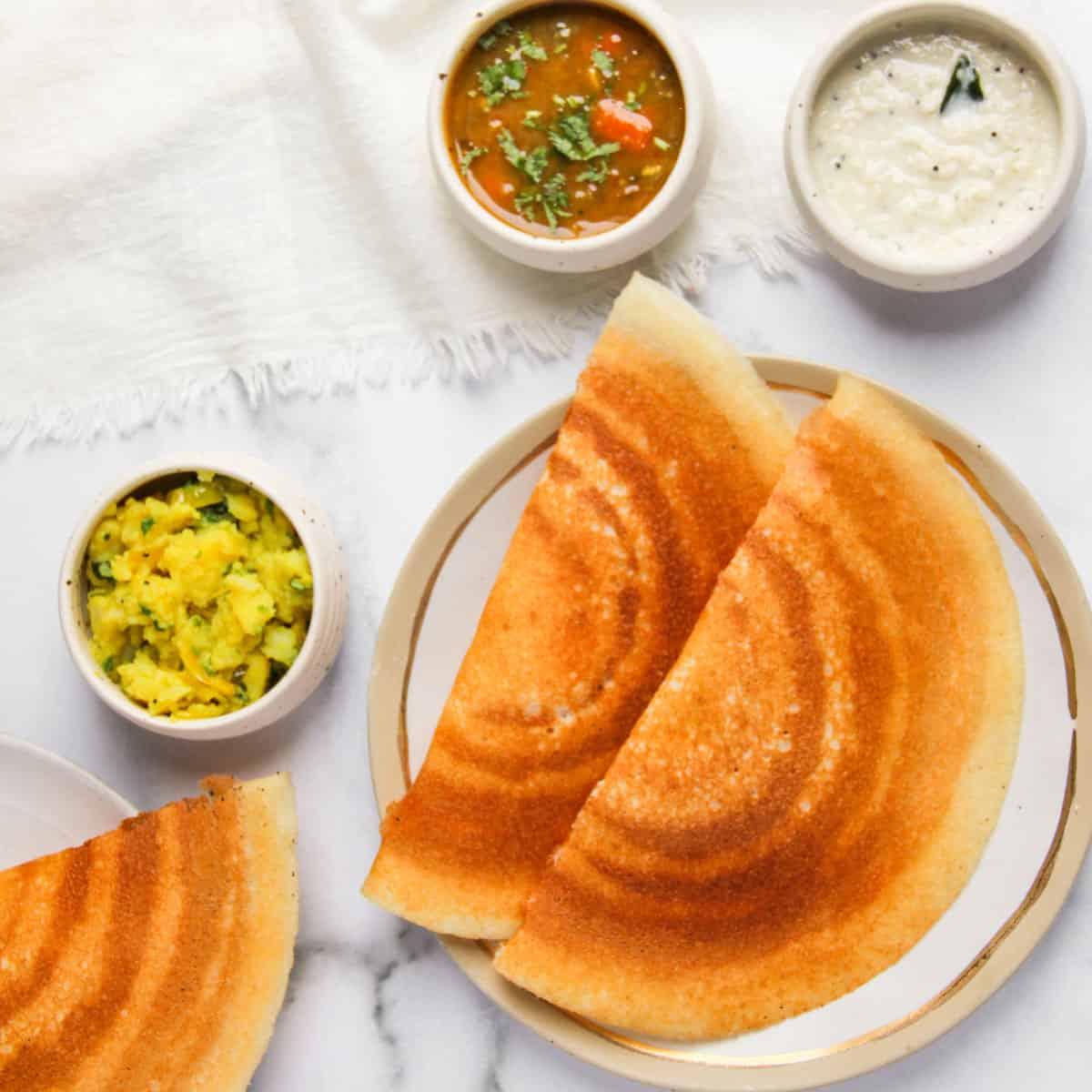
Creating perfect dosa batter at home is easier than you think, even without a wet grinder. Begin by soaking 1 cup whole white urad dal, 2 cups dosa rice, 1 cup poha, 2 tablespoons chana dal, and half teaspoon methi seeds in enough water for 4-5 hours or overnight. The poha adds softness, while the methi seeds improve fermentation and impart a subtle nutty flavor. Use a regular mixer grinder to blend the soaked ingredients. To keep the batter cool and maintain natural fermentation, add a couple of ice cubes during grinding—this prevents overheating and keeps the batter light and fluffy. Always grind in batches, and transfer the batter into a container that’s only half-filled, giving it room to rise beautifully for 7-8 hours.
To store your freshly fermented batter, remember to skip adding salt before refrigeration as it can slow down the fermentation process further. Add salt only before cooking. Properly stored in the fridge, this batter can last up to 5 days, ready to transform into delicious dosas, idlis, uttapams, or even crispy padus anytime. To elevate your dosa experience, pair it with homemade chutney powders—roasted sesame seeds, coconut, chana dal, and urad dal blended with red chillies, curry leaves, and tamarind make for a fragrant podi that can be stored for weeks. Such simple tips and everyday kitchen tools can help you master the art of traditional South Indian breakfasts without stepping out!
| Ingredient | Quantity | Purpose |
|---|---|---|
| Urad Dal (whole white) | 1 cup | Fermentation & texture |
| Dosa Rice | 2 cups | Base grain for batter |
| Poha (flattened rice) | 1 cup | Softens batter |
| Chana Dal | 2 tbsp | Crunch & flavor |
| Methi Seeds | ½ tsp | Enhances fermentation |
Crafting the Perfect Spiced Chutney Powder for All Indian Meals
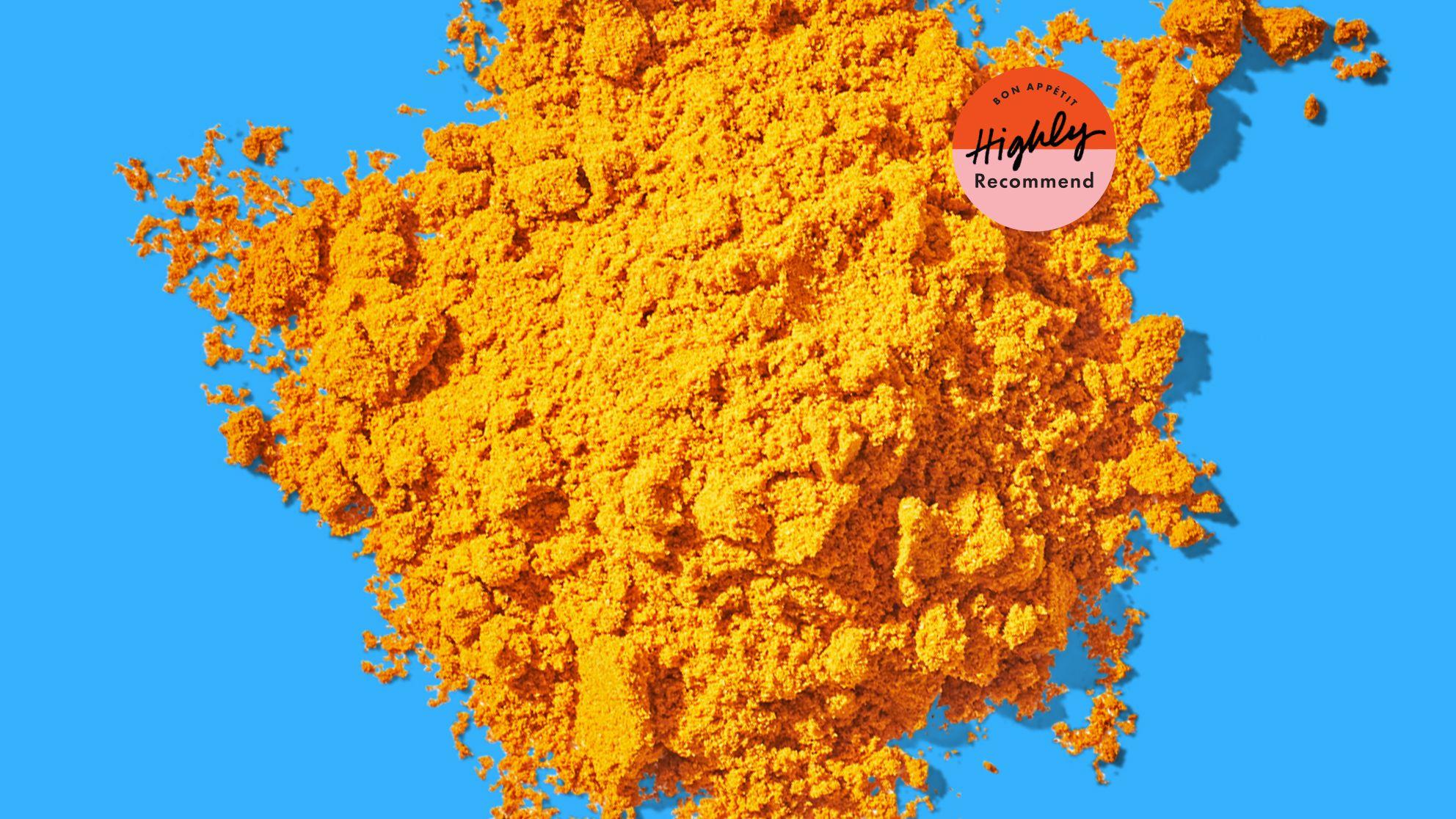
To create a versatile spiced chutney powder that elevates every Indian meal, start by dry roasting half a cup of sesame seeds until they turn golden and fragrant. Set these aside, then toast two tablespoons of dry coconut powder to bring a subtle nuttiness to the blend. In the same pan, heat a splash of oil and roast a mix of half a cup chana dal and one cup white urad dal until crisp and golden, adding depth and texture. Fry some minced garlic for a hint of pungency, then roast five to six dry red chilies, 10-15 curry leaves, and a small piece of tamarind to infuse brightness and spice.
Once all ingredients have cooled, blend them together with a pinch of asafoetida (hing) and salt to taste, adjusting for individual preference. Store your freshly ground chutney powder in an airtight container, and for longer shelf life, add a few spoonfuls of melted ghee before sealing. This pow(d)erful condiment pairs beautifully with idlis, dosas, uttapams, or even plain steamed rice, adding complexity and warmth to simple dishes. Keep handy for a quick snack by tossing it with fried idlis for an instant burst of flavors.
| Ingredient | Quantity | Purpose |
|---|---|---|
| Sesame seeds | ½ cup | Roasted nutty flavor |
| Dry coconut powder | 2 tbsp | Earthy aroma |
| Chana dal | ½ cup | Crisp texture |
| White urad dal | 1 cup | Richness & body |
| Garlic (fried) | Small quantity | Pungent aroma |
| Dry red chilies | 5-6 | Spicy kick |
| Curry leaves | 10-15 leaves | Fresh herbal note |
| Tamarind | Small piece | Tangy undertone |
| Asafoetida (hing) | Pinch | Digestive aid & flavor |
Smart Storage Hacks to Keep Your Batter Fresh and Flavorful
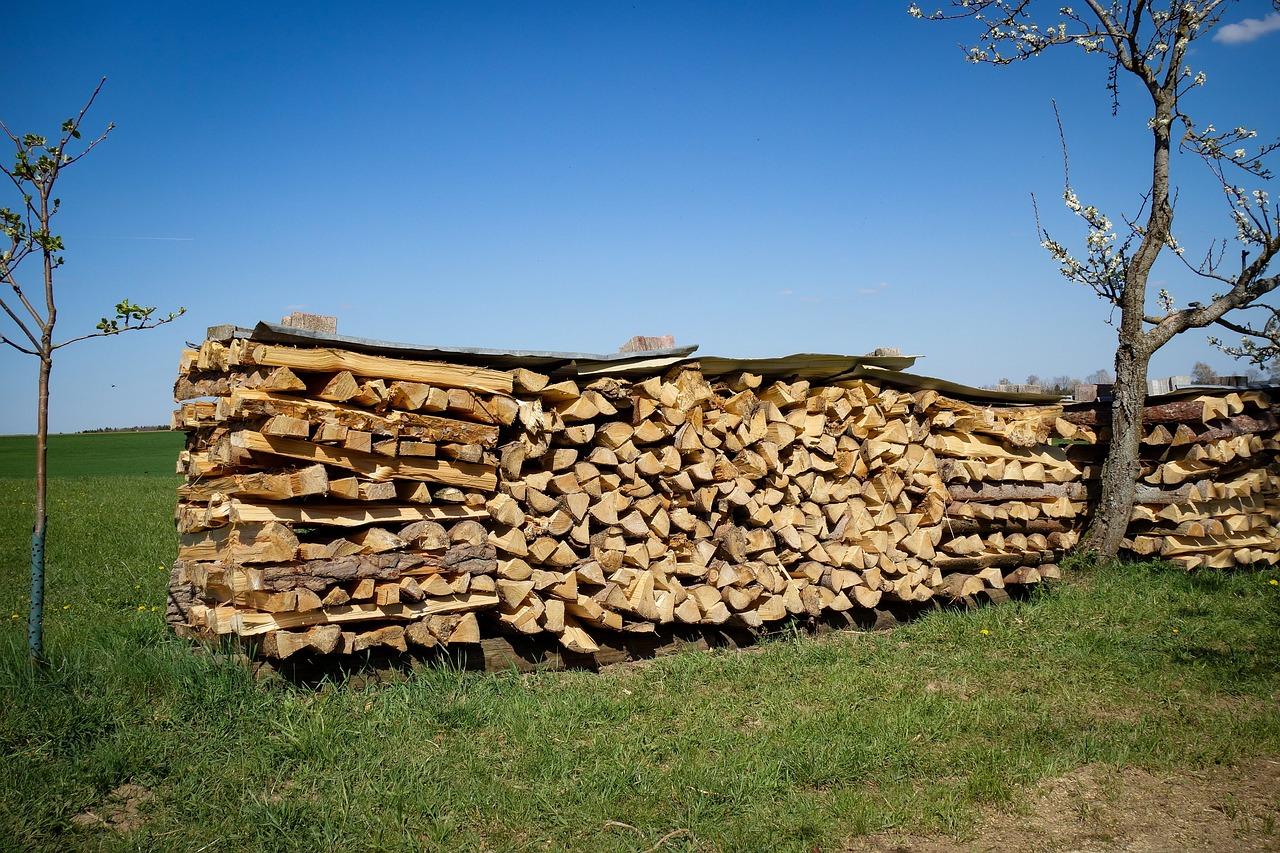
Keep Your Batter Cool and Alive: One of the trickiest parts of homemade dosa or idli batter is maintaining the perfect temperature during grinding. Adding a couple of ice cubes to the wet grinder or mixer jar isn’t just a whim—it’s a simple yet powerful hack to prevent the batter from overheating, which can kill the good bacteria responsible for fermentation. This helps retain that signature tangy freshness and ensures a fluffy rise every time. Once ground, transfer the batter to a large container that’s only half-filled to allow ample space for it to ferment properly over 7 to 8 hours without spilling or sticking to the lid.
Smart Storage for Long-Lasting Freshness: Salt is the spoiler when storing batter long-term. Avoid adding salt before refrigeration; it slows down fermentation and can lead to sourness when stored. Keep your batter in an airtight container inside the fridge and use up to five days for maximum flavor. When ready to cook, add salt to the required quantity of batter just before use. For extra ease, here’s a quick guide to storing batter safely:
| Storage Method | Duration | Tip |
|---|---|---|
| Room Temperature | 7-8 hours | Half-filled container, covered |
| Refrigeration | Up to 5 days | Salt-free batter, airtight container |
| Freezing | Up to 1 month | Portion in ice trays, thaw before use |
Choosing the Right Mixer Grinder to Simplify Traditional Indian Cooking

When it comes to replicating authentic Indian flavors at home, selecting the right mixer grinder can transform your cooking experience. Traditional recipes like idli and dosa batter demand a grinder powerful enough to handle soaked dals and rice without overheating or losing texture. Look for models that offer a high-wattage motor paired with sharp, durable blades capable of wet grinding. Features like a dedicated wet grinding jar and cooling mechanisms—such as adding ice cubes during grinding—help maintain the batter’s ideal fermentation quality, giving you soft and fluffy idlis or crispy dosas every time.
Beyond power, convenience is key. Opt for a mixer grinder that includes multiple jars for varied ingredients — from roasting spices for podi to grinding chutneys and batter. This flexibility not only speeds up meal prep but also preserves the distinct textures and aromas essential to traditional dishes. Here’s a quick comparison of key features to consider:
| Feature | Benefit | Ideal For |
|---|---|---|
| High Wattage (500W+) | Efficient grinding, prevents overheating | Wet batter, tough dals, spices |
| Multiple Jars | Versatility for different ingredients | Batter, chutneys, podi powders |
| Cooling Accessories | Keeps batter temperature low for fermentation | Idli, dosa preparation |
| Compact Design | Saves counter space, easy storage | Small kitchens or regular use |
Q&A
Q&A: 5 Essential Homemade Foods & Kitchen Tips for Indian Meals
Q1: Why is making certain Indian foods at home becoming popular?
A: Many home cooks are rediscovering the joy and benefits of preparing traditional staples from scratch. Homemade foods often taste fresher, are healthier, and help reduce dependency on store-bought items, which may contain preservatives or additives. Plus, cooking at home allows you to customize recipes to suit your flavor preferences and dietary needs.
Q2: Which five homemade Indian foods or tips does the video focus on?
A: The video highlights:
- Homemade dosa and idli batter
- Tips for grinding batter in a regular mixer grinder (without a wet grinder)
- Soaking and fermentation techniques for the batter
- Preparing a versatile and tasty chutney powder (podi)
- Using a reliable kitchen appliance (like the Borosil Fortuna mixer grinder) for ease and efficiency
Q3: How can I make good dosa/idli batter with a regular mixer grinder instead of a wet grinder?
A: Soak ingredients like urad dal, dosa rice, poha, chana dal, and methi seeds for 4–5 hours or overnight. Grind them in small batches in a mixer grinder jar, adding ice cubes while grinding to prevent batter overheating and affecting fermentation. Transfer the batter to a large bowl (only half full to allow rising), cover it, and let it ferment for 7–8 hours. This method yields fluffy and flavorful batter without needing specialized equipment.
Q4: What are the pantry essentials used for making the chutney powder (podi)?
A: Key ingredients include sesame seeds, dry coconut powder, chana dal, urad dal, garlic, dry red chilies, curry leaves, tamarind, asafoetida (hing), and salt. These are dry roasted separately or with a little oil, then ground together into a fragrant, spicy powder perfect as a condiment.
Q5: How long can homemade chutney powder be stored, and how should it be served?
A: When stored in an airtight container, podi can last about a month at room temperature. Adding melted ghee before serving enhances its flavor and helps preserve it longer. It pairs wonderfully with idlis, dosas, uttapams, and even sprinkled over rice. You can also make fried podi idlis for an easy, tasty snack.
Q6: What is the significance of the kitchen appliance featured in the video?
A: A strong, durable mixer grinder like the Borosil Fortuna makes a huge difference in homemade Indian cooking. It can grind tough lentils and rice efficiently without overheating, which is crucial for making batter and chutney powders. Investing in a good kitchen companion eases the cooking process and encourages more frequent homemade meal preparations.
Q7: Any final tips for beginners wanting to start making these homemade staples?
A: Patience is key! Proper soaking, grinding with care, and allowing sufficient fermentation time will yield the best results. Don’t be intimidated if your first attempt isn’t perfect—practice refines texture and taste. Using quality utensils and ingredients, along with a reliable mixer grinder, helps tremendously. Enjoy the process and the wholesome flavors of home-cooked Indian meals!
The Way Forward
As we wrap up this flavorful journey through homemade Indian staples, it’s clear that bringing these essentials into your own kitchen isn’t just about saving a trip to the store — it’s about crafting meals with care, tradition, and a touch of modern convenience. From mastering the perfect dosa batter using a mixer grinder to creating a fragrant, long-lasting chutney powder, these tips blend time-honored techniques with everyday practicality. Whether you’re a seasoned home cook or just starting to explore Indian cuisine, embracing these homemade basics can add warmth, authenticity, and nutrition to your meals. So next time you crave that crispy dosa or spicy podi, remember—the magic begins right at home, with your trusted kitchen tools and a little patience. Happy cooking!

